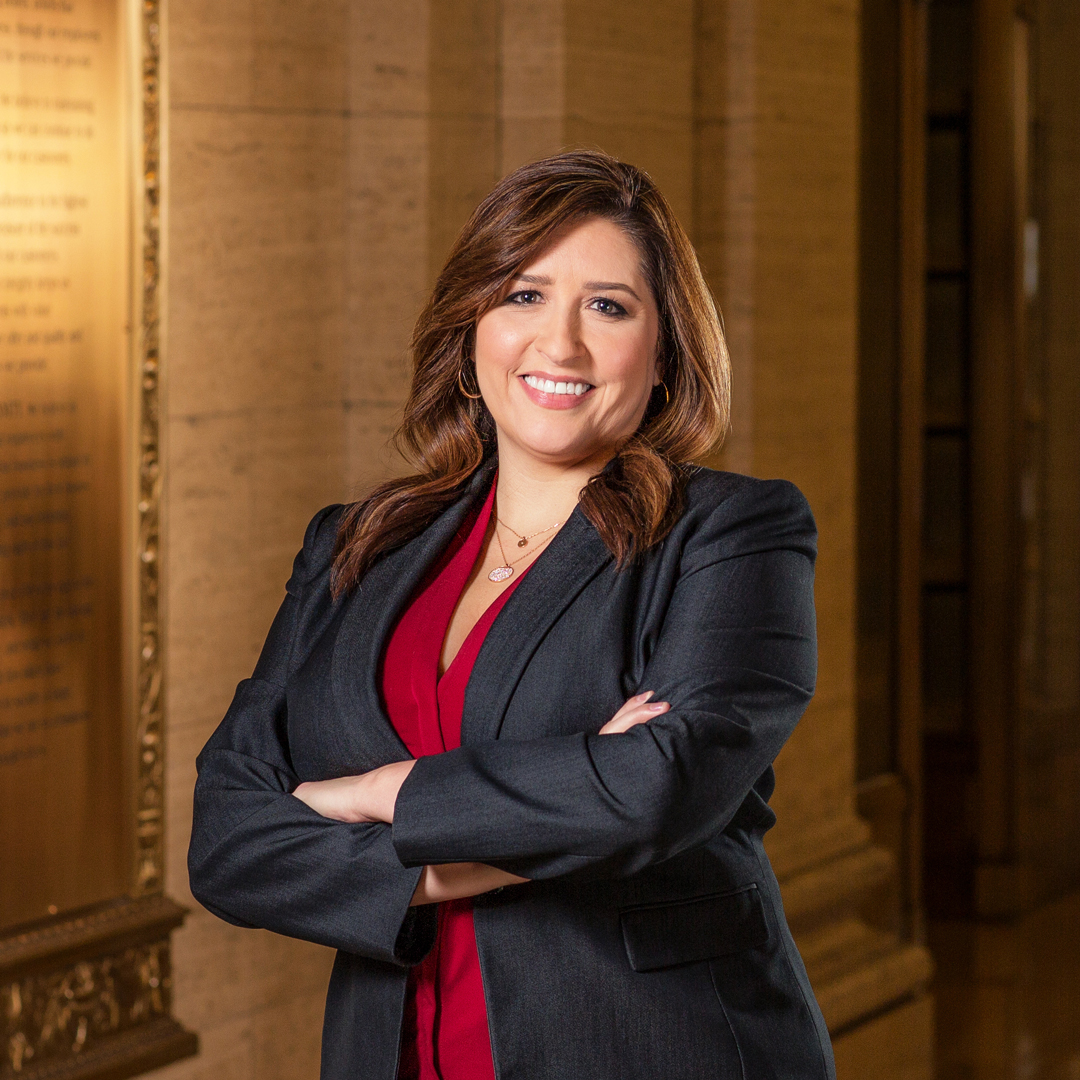|
Getting your Trinity Audio player ready...
|
In China, more than half of the population pays for goods using nontraditional means such as mobile phones. Many don’t carry wallets, let alone cash, says Manny Ochoa, vice president of retail systems for Hudson Group. When visitors from China shop in some of Hudson Group’s stores, they may find themselves in a quandary because the company doesn’t yet have the point-of-sale (POS) and payment technologies that are needed accept all pay-by-phone or “cardless” payment services. The result: an embarrassed store associate and an unsatisfied customer.
“Our business is about agility, speed, and service, and the technology that we have now is prohibiting us from fulfilling our mission, to be the traveler’s best friend.”
“We may the lose the sale or force the customer to pay with cash or a credit card,” Ochoa laments. “Our business is about agility, speed, and service, and the technology that we have now is prohibiting us from fulfilling our mission, to be the traveler’s best friend.”
It’s his job to transform how Hudson Group interacts with customers—and there’s no time to lose.
Occupying a unique niche in the retail world, Hudson Group operates more than one thousand convenience stores, newsstands, bookstores, cafés, and specialty shops in about ninety airports and other transportation terminals across the United States and Canada. These locations service harried travelers who expect quick, convenient, and friendly service.
300K
travelers per day are served by Hudson Group, which operates
1,000+
stores in
88
locations in the United States and Canada
By the end of 2019, Hudson Group will be able to provide customers with more payment options along with many more conveniences, Ochoa promises. A year after that, Hudson Group will also have a new enterprise resource planning (ERP) system in place, providing a giant leap forward in the company’s ability to manage inventory, analyze sales trends, and more quickly make purchasing decisions according to product demands and trends. The POS and ERP systems will work together, providing executives and operational managers with near real-time information.
Ochoa is the point person for the effort to replace outdated retail technology with an up-to-date platform. There will be many challenges, he says, as this project unfolds—mostly centering on culture changes. But any pain during the transition will be worth enduring in the long run, he believes. The new POS platform will enable Hudson to engage the customer more effectively and efficiently, while the new ERP system will drive both top- and bottom-line improvements. Moreover, airport officials and real estate owners are demanding new, more robust capabilities, especially at the point of sale.
“The idea is to engage the customer however they want to be engaged,” Ochoa says. That means adding additional points of sale within the establishment—self-checkout kiosks and mobile-checkout ability for in-store associates—and the means for customers to start and complete a transaction however they choose. “Say I’m going to the airport. I can start the transaction from home and pick up the goods at the airport. I could also add to the order when I get to the store before closing out the transaction,” he explains.
Mobile devices will allow associates at Hudson Group-managed luxury-goods stores—including Coach and Tumi—to not only check out customer orders from the floor, but also potentially cross-sell additional products that can be ordered from the devices and delivered to the customer’s home. “Associates will be able to give a more personalized shopping experience,” Ochoa says. Wi-Fi-enabled devices will also be available for deployment when a long line of customers queues up at checkout stations—a key service in an environment where people are rushing to make flights, trains, and buses.
Ochoa’s team has already piloted self-checkout stations at a few locations by “stitching together a couple of existing tools” using the old technology, but that strategy is not scalable across the company, he says. The best approach is wholesale replacement across all regions. The old system—actually two different systems—will not support the volume of business necessary for the company to realize its goal of growing annual sales from $6 billion to $12 billion.
Moving to the new technology will require extensive retraining of IT staff as well as adding some new talent. “We have begun to train people in, if not the precise technology, the functional capability and workflow,” Ochoa says. “In some cases, we’re leaning heavily on consultants until we build sufficient internal skills, and we’ll continue to augment the Hudson Team with external talent.”
“The biggest challenge is going to be organizational transformation. This company is more than thirty years old. We are making a shift from using paper and pencil, in some cases, to modern technology.”
The new ERP system will also require retraining of users, who will have to change familiar processes that have been in place for many years. “The biggest challenge is going to be organizational transformation,” Ochoa observes. “This company is more than thirty years old. We are making a shift from using paper and pencil, in some cases, to modern technology.”
Inventory and purchasing specialists, who have used manual methods in the past, will have to adhere to the more rigid data parameters baked into the ERP system. Some may wonder why they have to enter certain data fields that are not necessary for their work. Those extra steps, however, are essential for others who analyze trends, forecast sales, and manage inventory. It will take an internal training initiative to inform the workforce of the benefits of the new technology so that everybody will get on board, he says.
To spur the necessary internal change, the company has formed a master data governance team led by the chief operating officer. This team will work to ensure that the right people are in place to perform key tasks, such as auditing. The company went public in February 2018 and, as a result, has to comply with more rigorous financial regulations. The new ERP system will aid that effort, but the master data governance team has to determine who needs what data. “They will ensure that we have complete, cross-functional business representation in tailoring the system and developing workflow,” Ochoa says.
In addition, a group of “super users” will receive intensive training on the new technology and they will champion the change and implementation process, Ochoa adds. Super users can be catalysts for organizational change from within the ranks, so that change is not dependent solely on a top-down approach.
Organizational transformation is never easy, Ochoa notes, but for Hudson Group, it is critical to an ambitious growth agenda. When the dust settles, the IT upgrade will create many benefits across many departments and at hundreds of retail locations. Millions of travelers (including those who don’t carry a traditional wallet) will soon reap the benefits of improved and more efficient service.
Salsify empowers brand manufacturers to deliver the product experience consumers demand across every online sales channel. Our product experience management platform (PXM) combines the power of PIM and DAM capabilities, the industry’s broadest commerce ecosystem, and actionable insights to orchestrate compelling product experiences through every digital touchpoint. www.salsify.com

